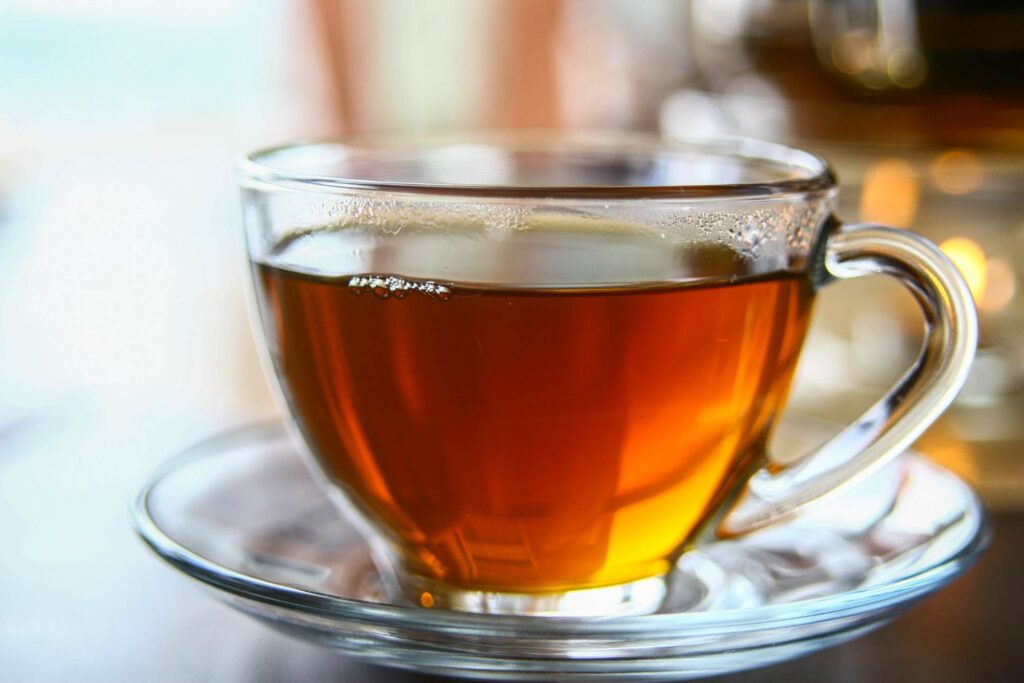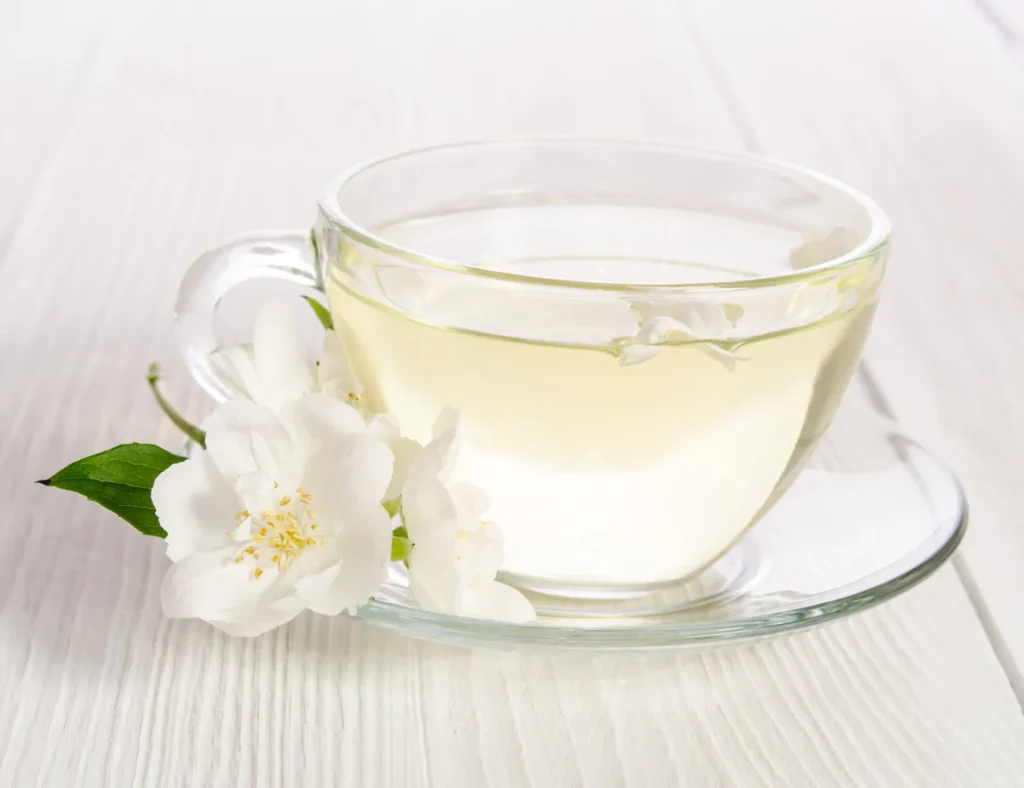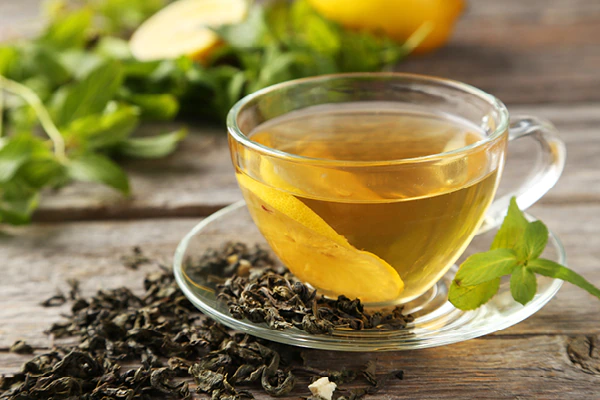Types of tea world wide
Types of Tea: Origins, Flavors, and Health Benefits
Tea has been consumed for thousands of years, and its popularity continues to grow around the world. There are many different types of tea, each with its unique flavor, aroma, and health benefits. In this article, we’ll explore some of the most popular types of tea and what makes each one special.

Classic Indian Tea
Indian milk tea, also known as “chai,” is a beloved and popular beverage in India. It is made by brewing strong black tea with a blend of aromatic spices such as cardamom, ginger, cinnamon, and cloves. The tea is then combined with milk and sweetened with sugar or other sweeteners. The result is a flavorful and creamy hot beverage that is enjoyed throughout the day. Indian milk tea is known for its rich and comforting taste, and it has become a cultural staple in India, often served with snacks or enjoyed during social gatherings.
Black Tea
Originating in China, black tea is one of the most popular types of tea in the world. It is made from the leaves of the Camellia sinensis plant, which are oxidized and then dried. Black tea has a strong, robust flavor and is often served with milk and sugar. It is also used as a base for many flavored teas, such as Earl Grey and chai.
Health Benefits: Black tea contains antioxidants called polyphenols, which can help reduce the risk of heart disease and certain types of cancer. It also contains caffeine, which can improve mental alertness and energy levels.


Green Tea
Green tea is also made from the leaves of the Camellia sinensis plant, but it is not oxidized like black tea. Instead, the leaves are steamed or pan-fried to prevent oxidation, which gives the tea its distinctive green color. Green tea has a delicate, vegetal flavor and is often consumed without milk or sugar.
Health Benefits: Green tea is high in antioxidants called catechins, which have been shown to reduce the risk of heart disease and some types of cancer. It also contains caffeine, which can improve mental alertness and energy levels.
White Tea
White tea is the least processed of all the teas and is made from the youngest leaves and buds of the Camellia sinensis plant. The leaves are simply withered and dried in the sun or in a warm room. White tea has a subtle, delicate flavor and is often consumed without milk or sugar.
Health Benefits: White tea is high in antioxidants called polyphenols, which can help reduce the risk of heart disease and certain types of cancer. It also contains fluoride, which can help promote healthy teeth and gums.


Oolong Tea
Oolong tea is a traditional Chinese tea that is partially oxidized, giving it a flavor profile somewhere between black and green tea. Oolong tea can vary widely in flavor, from sweet and floral to earthy and nutty. It is often served without milk or sugar.
Health Benefits: Oolong tea contains antioxidants called theaflavins and catechins, which can help reduce the risk of heart disease and certain types of cancer. It also contains caffeine, which can improve mental alertness and energy levels.
Herbal Tea
Unlike the other teas on this list, herbal tea is not made from the Camellia sinensis plant. Instead, it is made from a variety of herbs, flowers, and spices, such as chamomile, peppermint, and ginger. Herbal tea has a wide range of flavors and is often consumed without milk or sugar.
Health Benefits: The health benefits of herbal tea vary depending on the specific herbs used. For example, chamomile tea has a calming effect and can help promote sleep, while peppermint tea can help soothe an upset stomach.

